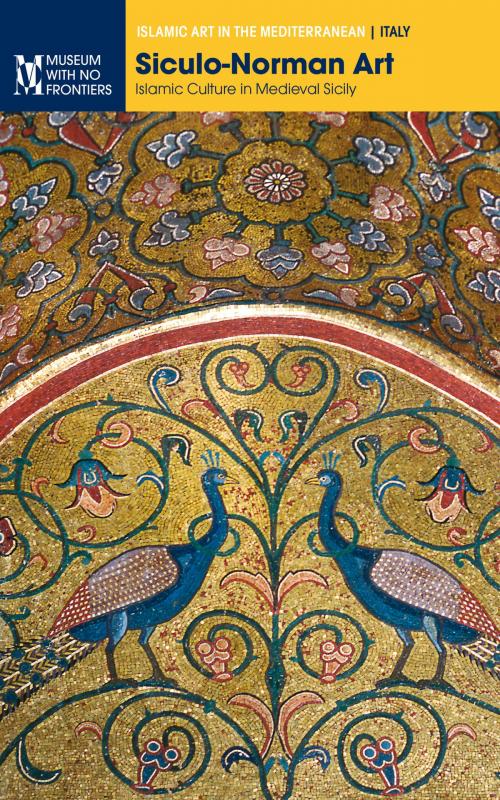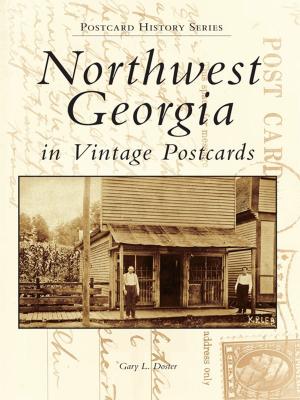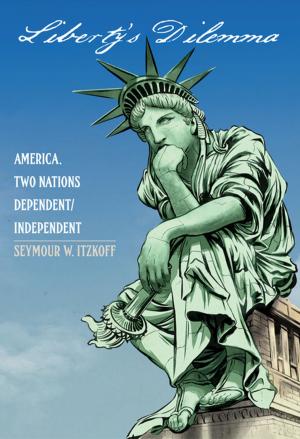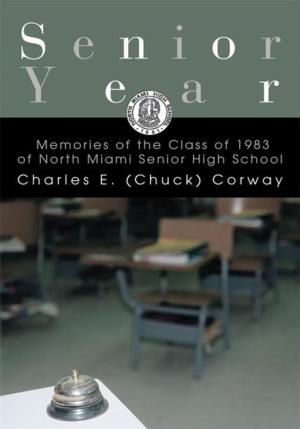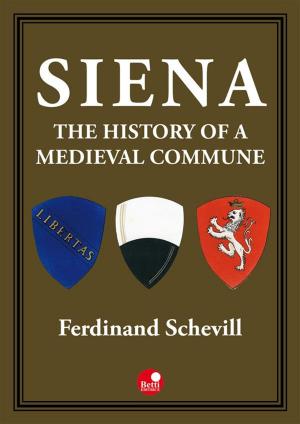Siculo-Norman Art: Islamic Culture in Medieval Sicily
Nonfiction, Art & Architecture, General Art, Travel, History| Author: | Nicola Giuliano Leone, Eliana Mauro, Carla Quartarone, Ettore Sessa | ISBN: | 9783902782052 |
| Publisher: | Museum With No Frontiers, MWNF (Museum Ohne Grenzen) | Publication: | December 15, 2009 |
| Imprint: | Language: | English |
| Author: | Nicola Giuliano Leone, Eliana Mauro, Carla Quartarone, Ettore Sessa |
| ISBN: | 9783902782052 |
| Publisher: | Museum With No Frontiers, MWNF (Museum Ohne Grenzen) |
| Publication: | December 15, 2009 |
| Imprint: | |
| Language: | English |
Sicily was won from the Aghlabids in 827 and passed to the Fatimids in 948. The Norman Conquest of 1061 finally ousted the Muslims from the Island. Organised into three administrative valla Val di Mazara, Val di Noto, Val Demone Islamic Sicily produced singularly imaginative crafts and many religious and civic buildings, resurrecting some Byzantine canons, at times still heavily tainted with a late Antique resonance. The Norman monarchy knew how to incorporate, in an innovative and quite manifest way, the contributions of Islamic art.A myriad of monuments attributed to Roger II and William II were enhanced with these elaborate symbioses. The beauty of these sometimes leave us short of adequate words to describe the magnificent palaces and pleasure houses, the luxuriant gardens, and the refined marbles and glowing mosaics produced at this time when Norman kings lived in these surroundings as emirates. Along with the Conca d'Oro, Palermo became the epicentre of the dissemination of Islamic culture on the Island and offers an eloquent introduction to all the Islamic styles of this period in its ecclesiastical and palatial buildings. The admiration felt by the Norman rulers for the masters of the past is manifest in some splendid monuments such as the Tower (Burj) of Alfaina, the Palaces of Maredolce and of Uscibene, and, in particular, in the two Pavilions of Zisa and Cuba. In the provinceof Agrigento, several remnants of the Arab era have been preserved in the urban fabric, the burjs and the ribats. On the northern coast and in the mountainous regions of the Nebrodi (Vicari, Altavilla Milicia, Caccamo, Campofelice di Roccella, Cefalù), ruins of fortresses and castles are further evidence of this unique relationship. The Arab-Norman synthesis displayed a powerful originality born out of three centuries (XII-XIV) of the successful integration of motifs, typologies, techniques and infrastructures.
Sicily was won from the Aghlabids in 827 and passed to the Fatimids in 948. The Norman Conquest of 1061 finally ousted the Muslims from the Island. Organised into three administrative valla Val di Mazara, Val di Noto, Val Demone Islamic Sicily produced singularly imaginative crafts and many religious and civic buildings, resurrecting some Byzantine canons, at times still heavily tainted with a late Antique resonance. The Norman monarchy knew how to incorporate, in an innovative and quite manifest way, the contributions of Islamic art.A myriad of monuments attributed to Roger II and William II were enhanced with these elaborate symbioses. The beauty of these sometimes leave us short of adequate words to describe the magnificent palaces and pleasure houses, the luxuriant gardens, and the refined marbles and glowing mosaics produced at this time when Norman kings lived in these surroundings as emirates. Along with the Conca d'Oro, Palermo became the epicentre of the dissemination of Islamic culture on the Island and offers an eloquent introduction to all the Islamic styles of this period in its ecclesiastical and palatial buildings. The admiration felt by the Norman rulers for the masters of the past is manifest in some splendid monuments such as the Tower (Burj) of Alfaina, the Palaces of Maredolce and of Uscibene, and, in particular, in the two Pavilions of Zisa and Cuba. In the provinceof Agrigento, several remnants of the Arab era have been preserved in the urban fabric, the burjs and the ribats. On the northern coast and in the mountainous regions of the Nebrodi (Vicari, Altavilla Milicia, Caccamo, Campofelice di Roccella, Cefalù), ruins of fortresses and castles are further evidence of this unique relationship. The Arab-Norman synthesis displayed a powerful originality born out of three centuries (XII-XIV) of the successful integration of motifs, typologies, techniques and infrastructures.
